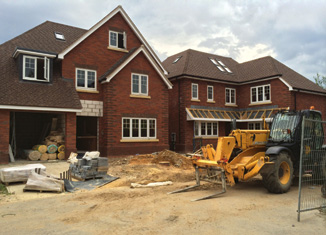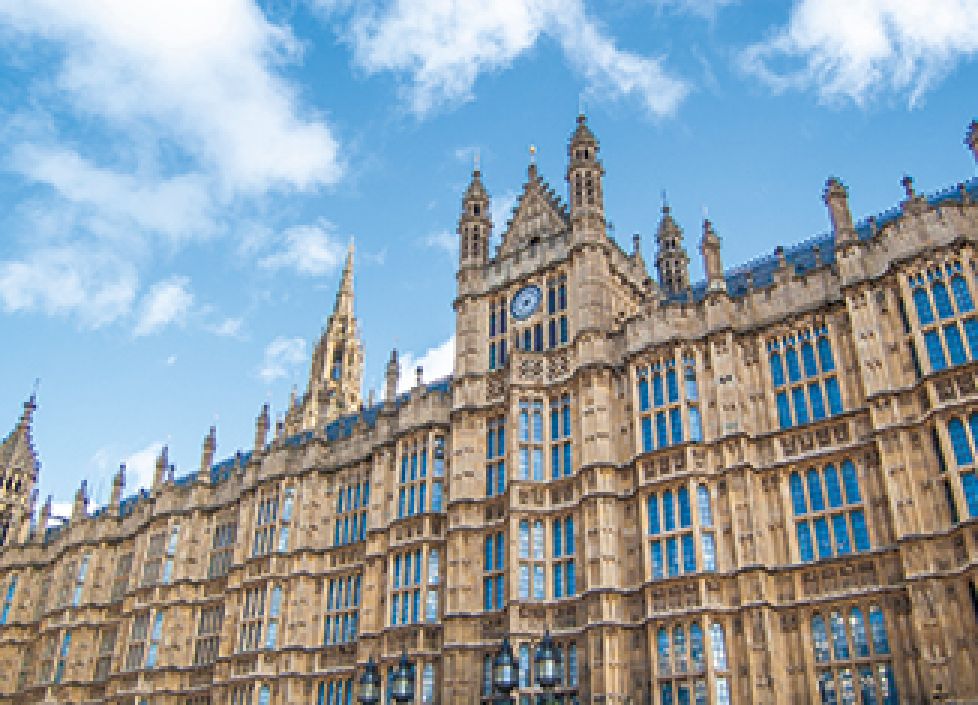London is the world capital of aviation. More people fly in and out of the city’s airports (combined) than anywhere on earth, but because of extreme capacity constraints at both of the capital’s biggest airports, Heathrow and Gatwick, the current arrangements are dysfunctional.
Heathrow is the busiest two-runway airport in the world, and Gatwick has more flights using its single runway than any other airport, with more than 40m passengers using it every year. There is simply no slack left in the system.
No surprise then, that both airports are planning to add new runways which, if completed, will reduce delays and increase the number of flights coming into and leaving the capital.
All wonderful news, unless you are more concerned about the environmental impact (we will put those concerns aside in this article), or you live close to one of these airports and are worried about increasing noise levels and decreasing home values.
While the expansion plans at Heathrow airport attracted most of the attention in the news, a second runway plan at Gatwick airport was approved by the transport secretary, Heidi Alexander, at the end of September.
The £2.2bn privately-funded project involves moving the current Northern Runway 12 metres to bring it into regular use, as well as other developments, including extending the size of the terminals.
Chancellor Rachel Reeves said the plans would create “thousands of jobs and billions in investment”, but the project has faced opposition and the Green Party described it as a ‘disaster’.
Gatwick currently handles about 280,000 flights a year. The new plan would allow that number to rise to around 389,000 by the late 2030s.




















